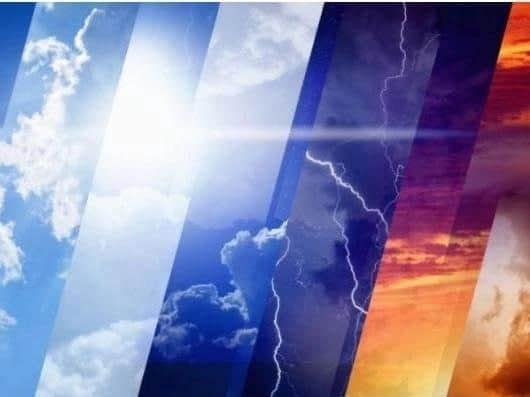Aylesbury Vale set for spell of dry, sunny weather
and live on Freeview channel 276
The ultimate source of energy and life in our planetary system is solar radiation, this comes in different forms of wavelength ranging from Infrared to Ultra-Violet.
The UV index is a measure of the amount of the Sun’s radiation emitted in the Ultra-Violet wavelengths reaching the ground. When the UV index is presented on a daily basis, it represents UV intensity around the Sun’s highest point in the day, called solar noon, which is halfway between sunrise and sunset and it can now reach to a value of 6 or 7 on a clear day in early July across Bucks, high enough to boost our vitamin D levels and provide us with an early tan.
Advertisement
Hide AdAdvertisement
Hide AdFor the British Isles, the maximum possible UV levels continue rising until the Summer Solstice on 21st June, by which time values of over 7 or just 8 (cannot exceed 8) can be achieved in Bucks under clear weather. Whilst sufficiently high to burn unprotected skin in less than half an hour, this is still much lower than found elsewhere across the world. In Greece, Spain and Italy for example which by definition are in lower latitudes, values can peak at around 10 in the June midday sunshine. Closer to the Equator, where the Sun is right overhead, higher values can be achieved, peaking at 12, making it potentially dangerous to be outside on exposed skin without any protection, such as sun cream.


Back in our Aylesbury Vale after the cloudy and wet conditions over the past few days, high pressure is expected to build across the UK, leading to a largely dry and settled theme, with plenty of sunshine around and UV levels peaking mostly at 6.